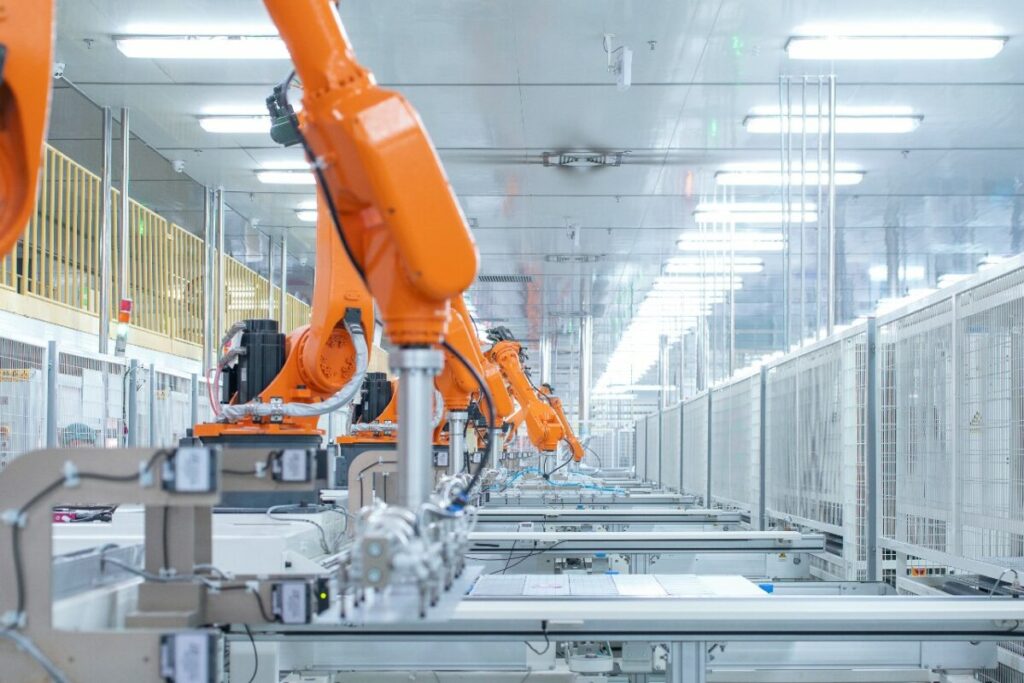
Head of research at Solar Power Portal’s sister website PV Tech, Finlay Colville, has predicted that the current PV manufacturing downturn affecting the industry will continue into 2026.
The pressing question for 2025, Colville writes in a blog post on PV Tech, will be when we will see the first signs that the downturn is ending—Colville says worse is yet to come before improvements begin. As such, 2025 is set to be “humbling” for the industry, he said, with the current manufacturing downturn carrying over into 2026.
In late 2023, Colville was the first analyst to call a pending downturn for manufacturers in 2024, and events since have unfolded much as he predicted, with oversupply of modules from Chinese manufacturers creating a difficult pricing environment.
During the previous downturn, from 2012 to 2014, Western cell and module manufacturing was “killed off” as a wave of gigawatt-scale cell/module manufacturing facilities (fabs) were built in China.
This time around, the downturn means 2025 will be a year of maintenance and final-upgrade-spending, “almost as a prerequisite” for technology to make the likely move to back-contact cells. This premium single-junction concept will become the next mainstream offering as we move towards the end of the decade, Colville said.

New capacity coming online in China across the entire value chain saw a huge excess in supply and a shift to a buyers’ market. This was, perhaps, an inevitability: Colville writes that “no industry could sustain this level of mostly unfounded exuberance”.
Mid-year margin reports by most Chinese PV manufacturers are in the red, making losses of 30%-50%. Debt is building up and working capital is non-existent; few of these companies have anything else to sell “but a loss-making wafer, cell or module”.
This all means that next year will see a huge drop in capex as cash preservation and cost-cutting “move to a different level”. Colville projects that around the next reporting season, November/December this year, the few Western-listed Chinese PV entities will get pushed on capex guidance for 2025.
He adds: “With little prospect for module pricing (outside the US) even being in double figures, there is really not a plan B on the table. Polysilicon is highly unlikely to be in short supply next year, such is the determination of the leading China pack here to run newly built plants.”
For a side-by-side comparison of this downturn with the previous, insight into why capex has replaced book-to-bill as the preferred accounting metric and the likely move to back-contact cells, Finlay Colville’s full article is published on our sister publication, PV Tech.

